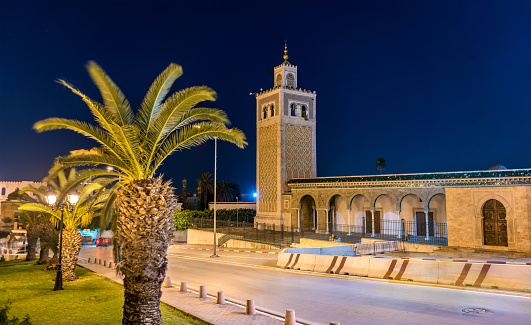A magnificent Kasbah mosque is located in the lively Kasbah Square in Marrakesh. It is a famous location because of the surrounding palm trees and minaret.
Kasbah Mosque Location

Royal Nebeirghood Mosque
In the city of Marrakesh, there is a medieval mosque called the Moulay Yazid Mosque. In 1185, Yaqoub al Mansur, the caliph of the Almohads, ordered to build the mosque. The mosque has undergone numerous renovations throughout its lengthy existence. The mosque, which is a part of the city of Marrakesh, was added to the UNESCO World Heritage List in 1985 (see the heritage sites lists below). The Kasbah Mosque, The Great Mosque, and Mansour Mosque are some of the titles for this mosque. However, the name Moulay Al Yazid is more popular among Marrakesh residents. This mosque is located in Marrakesh’s Medina, in the well-known Kasbah district.
UNESCO World Heritage Sites in Morocco
- Medina of Fez (1981) – The old medina of Fez, with its labyrinthine streets and historical monuments, was inscribed as a UNESCO World Heritage Site in 1981.
- Medina of Marrakech (1985) – Marrakech’s bustling medina, known for its vibrant souks and iconic landmarks like the Koutoubia Mosque, was designated a UNESCO World Heritage Site in 1985.
- Ait Benhaddou (1987) – Ait Benhaddou, a fortified village along the former caravan route between the Sahara and Marrakech, gained UNESCO recognition in 1987 for its outstanding example of southern Moroccan architecture.
- Historic City of Meknes (1996) – The historic city of Meknes, known for its monumental gates and grand architecture, was added to the UNESCO World Heritage List in 1996.
- Archaeological Site of Volubilis (1997) – Volubilis, a well-preserved Roman ruin near Meknes, was inscribed as a UNESCO World Heritage Site in 1997 for its archaeological significance.
- Medina of Tetouan (1997) – The medina of Tetouan, with its unique Andalusian-influenced architecture and urban layout, was designated a UNESCO World Heritage Site in 1997.
- Medina of Essaouira (formerly Mogador) (2001) – Essaouira’s historic medina, renowned for its fortified walls and picturesque harbor, received UNESCO recognition in 2001.
- Portuguese City of Mazagan (El Jadida) (2004) – The Portuguese City of Mazagan, with its well-preserved 16th-century fortress and town layout, was inscribed as a UNESCO World Heritage Site in 2004.
- Rabat, Modern Capital and Historic City: a Shared Heritage (2012) – Rabat, Morocco’s capital city, was recognized by UNESCO in 2012 for its unique blend of modern and historic urban planning and architecture.
- Ksar of Ait-Ben-Haddou (1987) – The Ksar of Ait-Ben-Haddou, a traditional mudbrick village in the High Atlas Mountains, was added to the UNESCO World Heritage List in 1987 for its cultural significance and architectural heritage.
It is close to the Saadians Tombs, one of the city’s most significant historical landmarks. The Kasbah Mosque is not distant from the Koutoubia Mosque and the modern royal palace. There are two ways to get to the square surrounding the mosque. The oldest and most stunning gate in Marrakech, Bab Agnow, is considered the first. The second entry is through the newly opened Arset El-Maach.
The Good Omen in Kasbah Mosque History
In the year 1195, work on the mosque’s construction began. The Moroccans traveled to Andalusia to participate in the renowned Battle of Alarcos against the Spanish. When they arrived home, they discovered workers erecting a well-known mosque. Moroccans undoubtedly celebrated their triumph. And this triumph served as a powerful impetus for finishing the Al Mansour Mosque’s construction. The mosque was constructed and embellished over five years by artisans and craftspeople. Al Mansour built it using the winnings from the illustrious conflict. The Almohad state’s rule coincided with this period of significant development. The Almohad built several highly significant and valuable urban landmarks, making a lasting impact on Morocco’s architectural landscape. Additionally, this mosque stands as an important reminder of the Almohad state’s heyday. Its architectural grandeur and historical significance continue to captivate visitors from around the world.
The Mosque’s architecture Rivals
This mosque’s interior has a very secure feeling to it thanks to the high ceiling. The Kasbah Mosque is 6500 square meters in size. Additionally, it is a bit bigger than the Koutoubia Mosque. The prayer hall of this mosque is smaller than the courtyard. There are four open gates on the actual Kasbah mosque. Although historians claimed that the mosque had seven gates and a royal entrance. The mosque’s facade is elegantly ornamented. It is huge and has numerous terraces. The mosque’s northwest corner houses the minaret. The size of its base is 9 meters square. The shapes on the minaret are exquisitely designed. The top, porcelain and Moroccan Zellige frieze glitters in the sunlight.
Some of the city’s Christian captives were offended by the mosque’s beauty. They hatched a scheme to harm the sultan and the mosque. Some inmates excavated a sizable and concealed hole beneath the mosque around the year 1573. Below the mosque, they filled this space with gunpowder. They positioned a filament through which fire would flow at the time of prayer in order to bring the mosque down. The expansive dome was demolished by the explosion, and its remnants can still be seen today.
Photo Tour of Moulay Yazid Mosque (Kasbah Mosque)
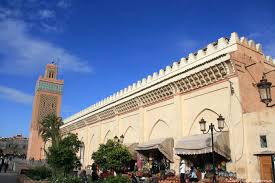
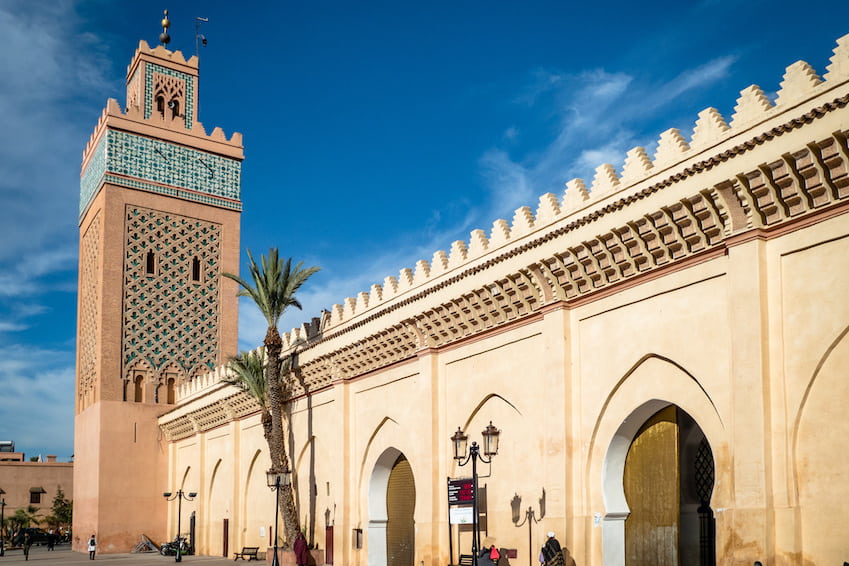
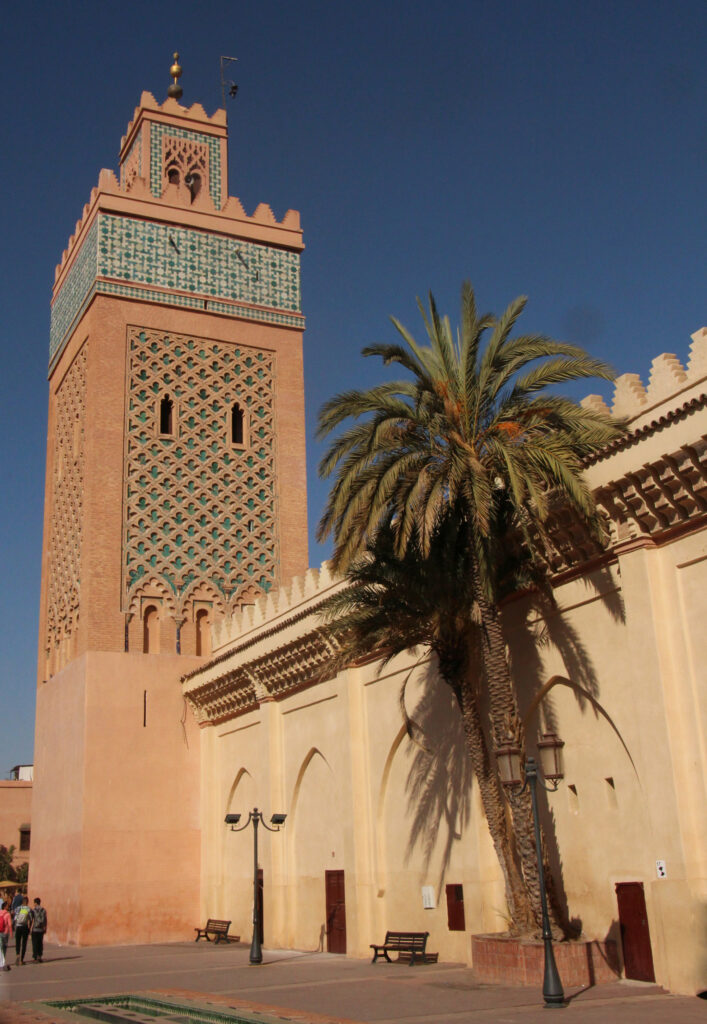
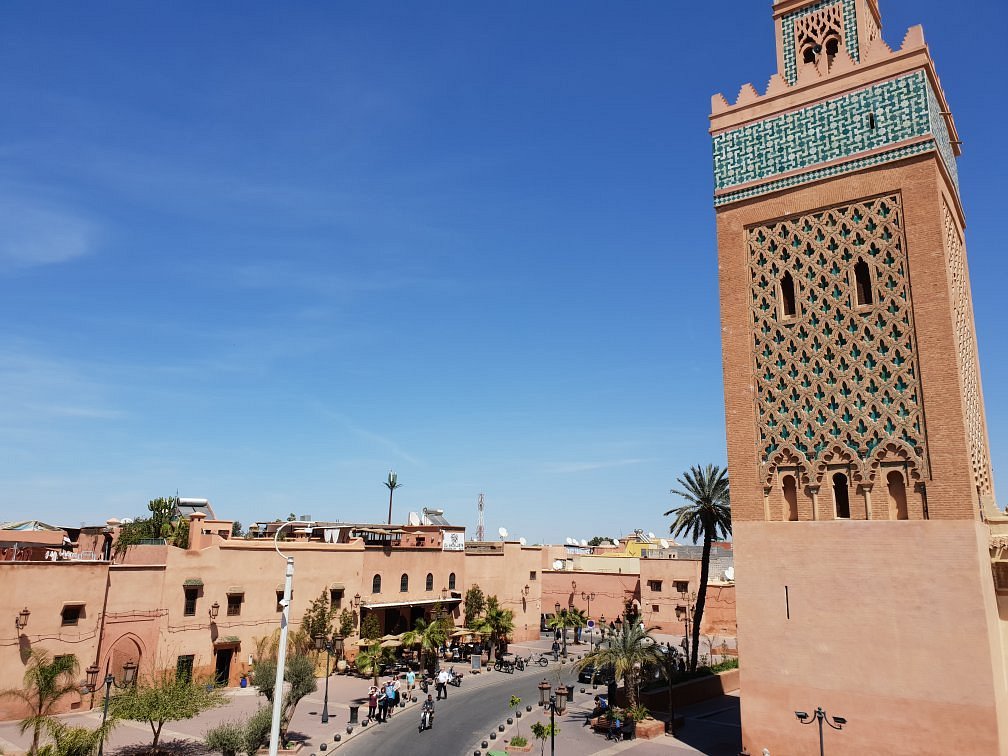
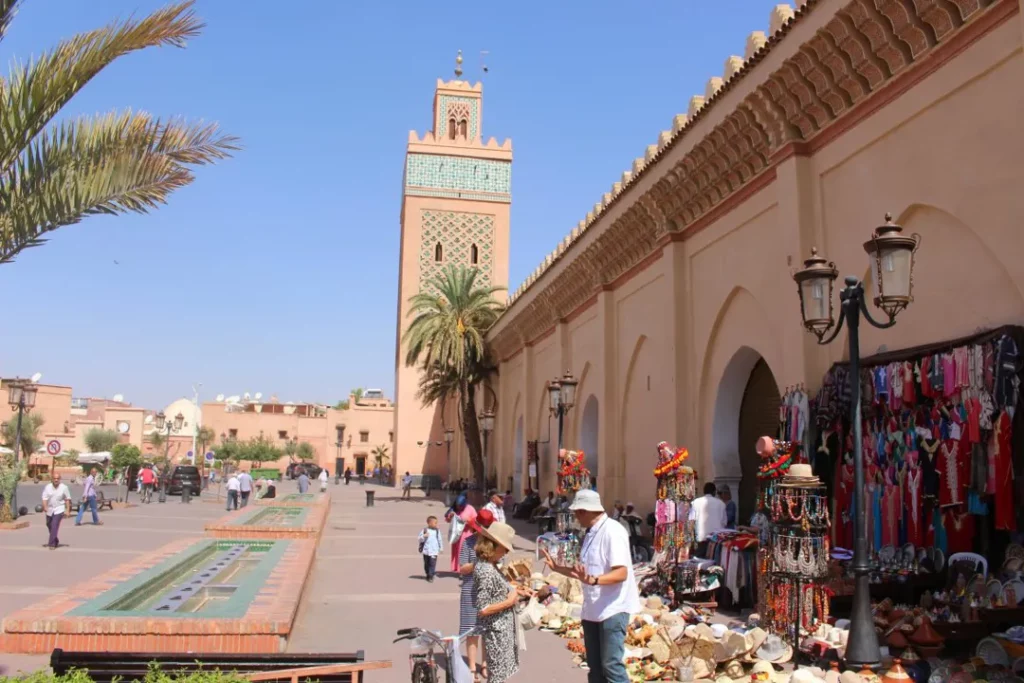
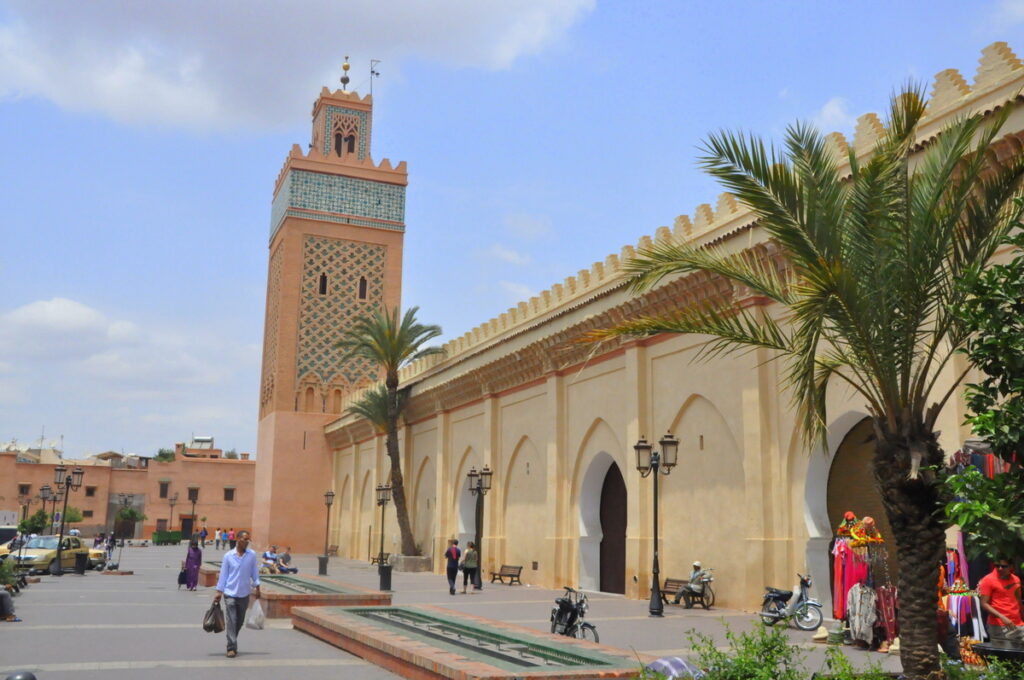
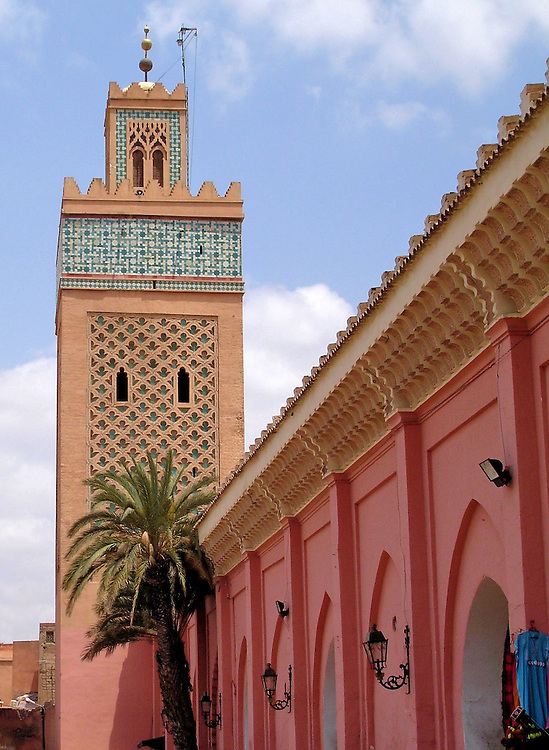
More posts by Morocco photography tours: https://morocco-phototours.com
More about Kasbah Mosque : https://www.tripadvisor.com/ShowUserReviews-g293734-d12240469-r781956594-Kasbah_Mosque-Marrakech_Marrakech_Safi.html
